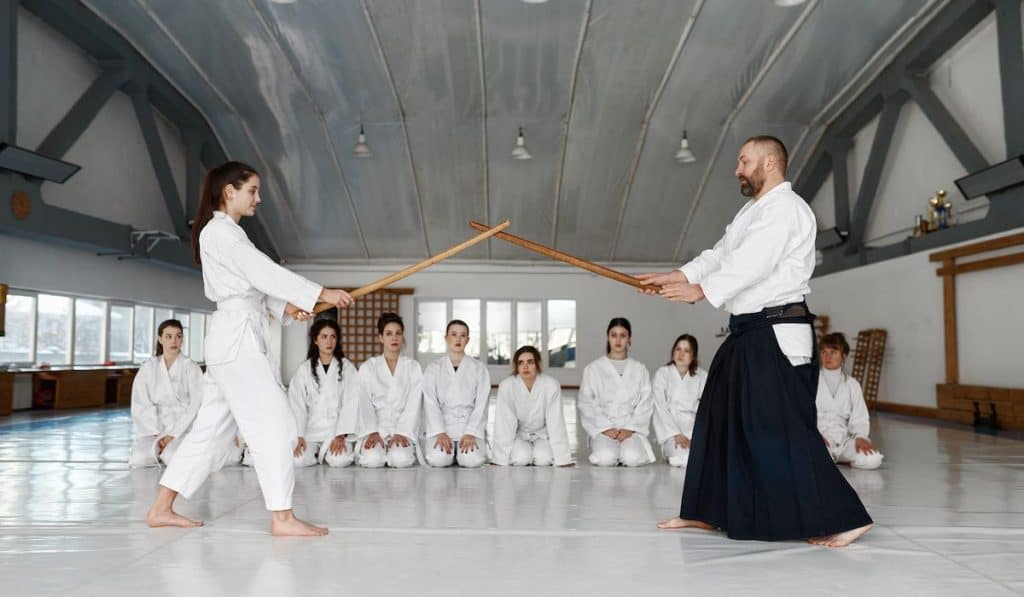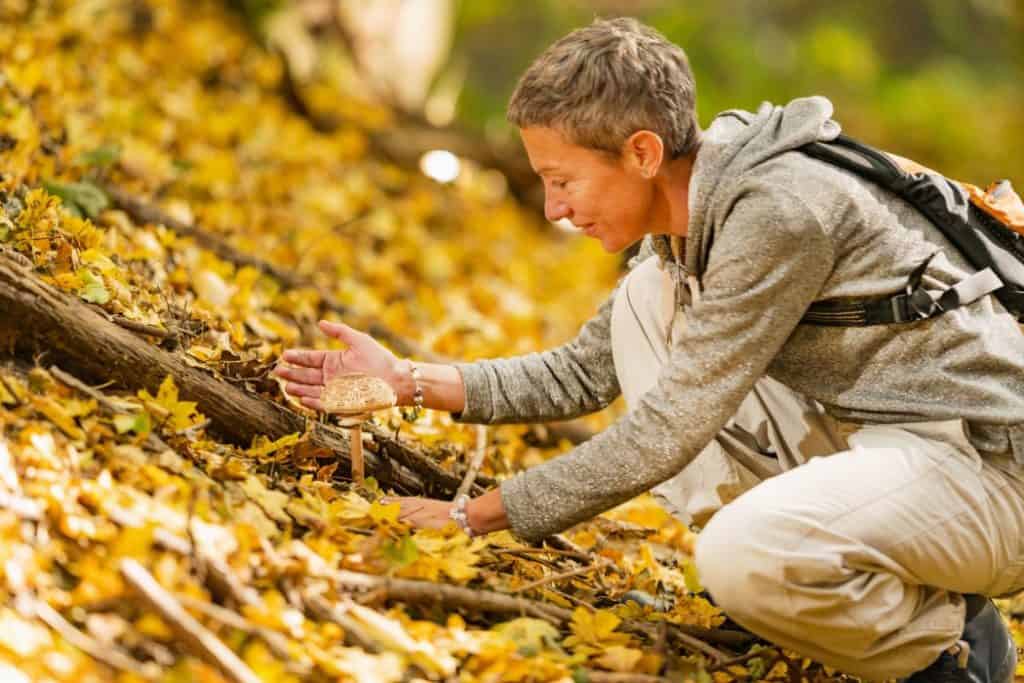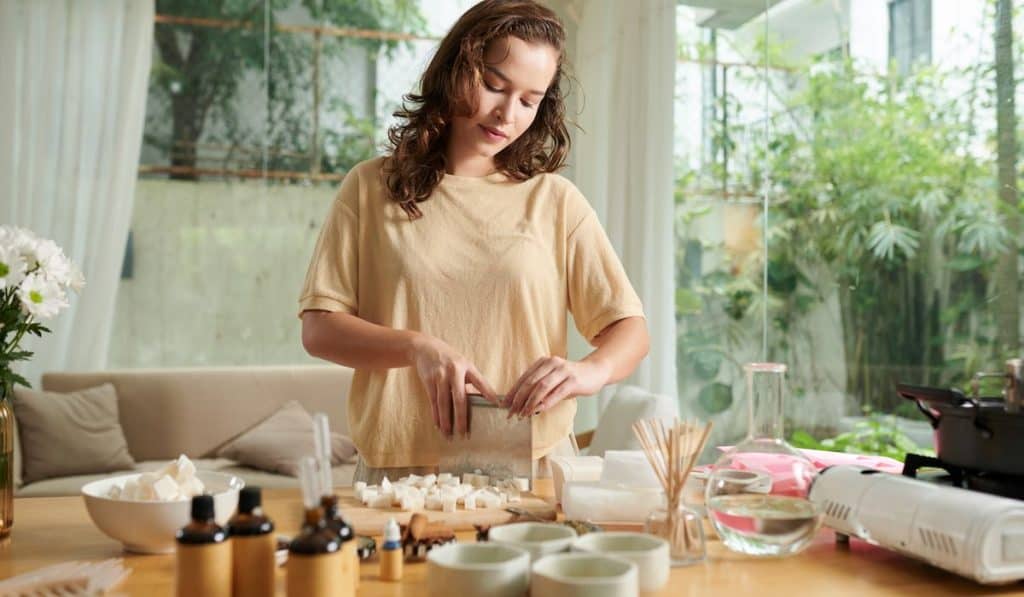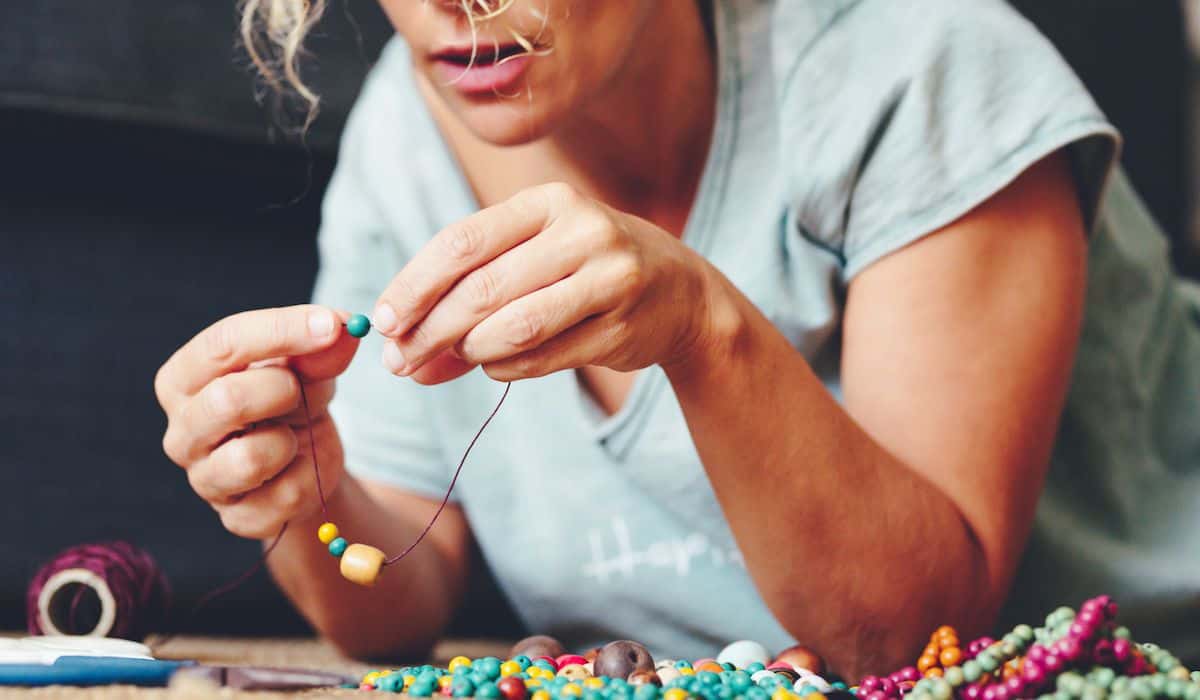Perhaps you’ve given some of the most well-known hobbies a try already, and you’re looking for something new. Everyone needs a hobby or three to learn, to experience, and to keep life fun and interesting, above all.
Well, look no further!
If you’d like some fun and interesting hobby ideas, here are 7 you won’t have thought about before:

1. Sword Fighting
You don’t need a real sword (yet) to learn sword fighting. In fact, it’s always recommended to start with wood or blunted swords, as a beginner. Otherwise, you risk foolish injury, and what use will be your sharp-edged sword then?

Instead, invest in a wooden or durable foam sword, and eventually graduate into one made from lightweight, unsharpened metal. This will give you time to save for a real, battle-ready sword a year or two from now!
Learn classic sword-fighting moves online, and keep an eye out for any fencing classes nearby. If you can, invest in a tire swing or punching bag to practice on.
You can rig your own if you aren’t able to afford one just yet, with a couple of old tires and some rope. This makes the perfect practice dummy.
Or, you can always practice some feints and swipes in the air. You’ll make do if you truly want to become a sword fighter, and it’s sure to pay off.
2. Candy Making
If you like sweets, candy making is a hobby you will certainly want to look into. By learning to make candy, you can create your own sweets at home, free of preservatives, or other undesirable ingredients.
This makes for candy that is richer and fresher, making it a truly fine commodity to gift, sell, and of course, enjoy yourself.
What kind of candy can you make? Almost anything you’d like, such as sea glass candy, toffee, truffles, peanut brittle, and hand-pulled taffy (always a winner).
The primary ingredients you will need to make candy are sugar, corn syrup, heavy whipping cream, white and bittersweet chocolate chips, and butter.
There are countless recipes online to choose from, for just about every candy you can think of.
Read our complete guide to Candy making as a new hobby here!
3. Foraging
If you live somewhere with meadows or forests, you are in prime territory for a forager. What’s foraging? Simply put, it’s gathering up wild greens, fruits, roots, and other edible goods.

These can then be made into incomparably fresh and flavorful berry pies, soups, salads, jams and jellies, syrups, and more!
There are some things you will absolutely need to know before you begin foraging, however. First off, you’ll need to be aware of any poisonous plants, mushrooms, etc. growing in your area, as well as any toxic edible lookalikes.
Along with this, it’s good to know any endangered plants you’ll need to be careful of.
As a general rule, pick no more than ¼ of the berries or other edible goods you find in any one area. This will ensure that enough is left for the wildlife, as well (there’s plenty for everyone).
No matter what, be absolutely sure you know what you’re about to eat, or poisoning is a very real danger. Armed with the proper knowledge, you can easily spot blackberries, raspberries, even sweet autumn apples, and plump, chewy rose hips.
Or, in the spring, dandelions and wood sorrel. It’s a forager’s paradise if you know what to look for!
4. Soap Making
Or, perhaps you would like to become a soap maker. Are nice smells your thing? Or are you passionate about healthy skincare? You can embrace both of these things with soapmaking.

Not only can you choose whatever delicious, bracing, or dreamy fragrance you choose, but you can hand-pick the ingredients, as well.
This means no parabens, chemicals… that sort of thing. If you have sensitive skin, homemade soap is sure to be a lifesaver.
So, how do you make it? It’s actually pretty simple. All that you need are some natural moisturizers, microwave-safe bowls, a melting pot, lye, and your choice of fragrance and color.
The best moisturizers are shea butter, avocado oil, palm oil, coconut oil, almond oil, and beeswax!
This is called the ‘cold press’ soap making technique. If you’re looking for something even quicker and easier, you can also try ‘melt and pour.’
This involves premade, unscented soap blocks, or a melt and pour kit. As its name implies, all that is required of you is to melt the premade soap, fragrance and color it to your preferences, and pour it into a mold. It will be ready to use as soon as it’s cooled.
Cold press soap, on the other hand, takes a few weeks to cure (including the lye becoming benign).
Cold-press soaps are of the highest quality, and make valuable items to gift, sell, and use yourself.
5. Calligraphy
Calligraphy is a graceful style of writing that can be used to create eloquent artwork, whether it be love notes, event invitations, or home decor. It can be used to turn ordinary writing into something extraordinary.
Calligraphy involves long, swooping letters, with elaborate curls and embellishments. It can be created with just about any writing utensil but is best done with a calligraphy pen or quill.
It’s an old-fashioned, artistic mode of writing that can be quite peaceful to create, with careful, even pen-strokes and results that are something of wonder. It’s also a fun skill to show off.
6. Candle Making
Have you ever fancied yourself a candle maker? This is another incredibly aromatherapeutic hobby for those with keen noses, and who are fond of pleasant fragrances.

In fact, you can make candles that smell like foods, such as sugar cookies, pumpkin pie, or caramel. Or, you can capture natural scents, like blueberry, fresh-picked apple, rose, or cedar.
There are even candles designed to evoke entire forests or fantasy themes. And of course, there are lots of seasonal soaps, as well (such as Christmas Wreath, or what have you).
So, how do you get started? All that you need are some microwave-safe owls, the colors and fragrances of your choice, some wicks, and your choice of wax (the most common are beeswax, coconut wax, or soy wax).
Read our complete guide to Candle making here!
7.Jewelry Making
If you’re a fan of sparkly things, you may like to try your hand at jewelry making. It’s not as difficult as it sounds, though it certainly does take an artistic eye and some skill.
So, what do you need? The basics: some beads, some necklace string or twine, necklace clasps, and whatever other jewelry bases you’d like, such as blank earrings, bracelet clasps, and so on.
With these pieces, you can easily make your own jewelry designs, putting them together like puzzles. If you don’t like how one turns out? No problem, let the beads slide off and start over.
You can also wrap stones, with some pretty, pendant-sized stones and a 20 gauge wire made from copper or silver. That’s all you need to make your own custom jewelry to wear, gift, and even sell. What do you think?
Final Thoughts
So, were any of these hobbies new to you? And did any catch your eye? Maybe sword fighting spoke to you. Or perhaps you’d like to become a Willy Wonka-worthy candy maker!




